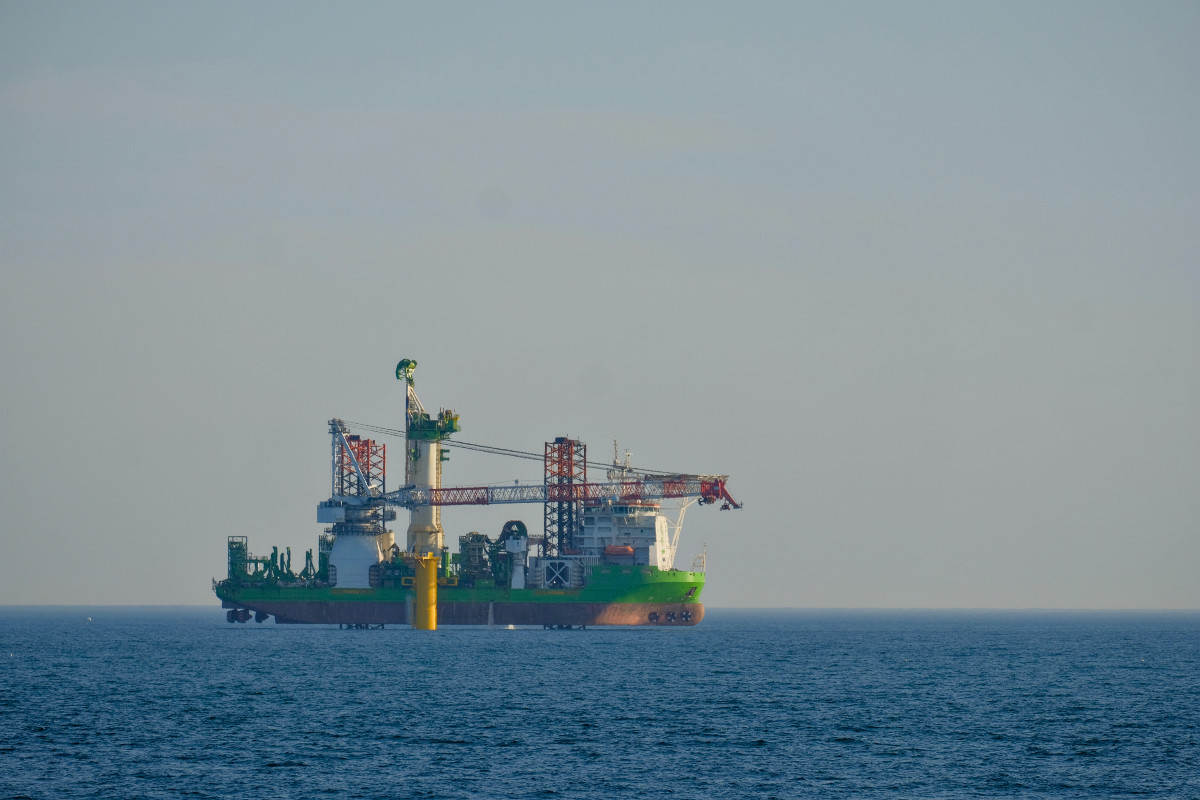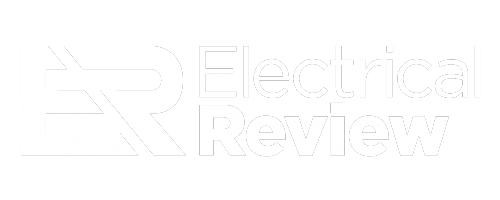Jack Berryman, Engineer and Director at marine construction specialist MintMech, believes that automating drilling vessels, one process at a time, is key to accelerating the rollout of offshore wind.
There are several stages to fully automated self-driving cars, such as the standard outlined by automotive association, SAE. First, the vehicle simply assists the driver, without taking control, such as using parking assist or lane departure warnings. At later stages, the vehicle drives increasingly independently, until all occupants are only passengers. Full automation is likely the future of offshore construction too, and companies can get there by automating one process at a time.
With strong winds, a long coastline and shallow seas, the UK is one of the planet’s best locations for offshore wind. Indeed, the Government aims to make it a world leader by quadrupling offshore wind by 2030. We’ve been making good progress and Bloomberg reported that 2023 was a record year for offshore wind investment. However, the UK is not currently on track to meet its ambitious target.
According to McKinsey & Company, the challenges include many complex geopolitical factors, such as rising raw commodity prices, interest rate hikes and supply chain bottlenecks. However, one significant risk for any would-be windfarm is the survey stage. Specifically, the geotechnical survey, which comes after the preliminary feasibility study and involves taking samples of rock from the seabed to determine its suitability for foundations.
Samples are collected using geotechnical drilling vessels which bore into the seabed to extract cylindrical cores from beneath the veneer of sand, silt or mud. These cores offer information such as rock type and density, or whether fracturing or stratification is present.
This data, plus other factors such as depth and environmental conditions, is essential to determining the type of foundation best for the project. For example, is the ground soft enough that a monopile foundation can be driven into it, or will a hole need to be drilled first? Various foundations have different installation times and costs.
A foundation that’s too weak risks disastrous structural failure, while an over-engineered foundation would cut into project margins and extend timelines unnecessarily, so the success of a project hinges on the accuracy of the core samples.
In addition, as more wind farms are installed, the ‘low hanging fruit’ or favourable locations will run out. For example, the European Maritime Spatial Planning Platform cites conflicts between energy generation and traditional sea users, such as fisheries. Eventually, developments will have to make use of more challenging ground, such as areas with extremely soft or hard seabed composition.
Ultimately, the urgent need for offshore wind reduces the margin for error, while the growing scarcity of favourable ground increases the likelihood of encountering challenges. As a result, a comprehensive understanding of subsurface conditions has never been more important – high-quality core samples are the only way of getting it.
Risky business
Developers want access to the best cores possible delivered safely and efficiently. Geotechnical drilling companies bid for the projects and are marked on their safety performance and downtime periods in addition to the cost to deliver the project. Wind farm developers are not simply looking for the cheapest option.
However, daily running costs for a geotechnical drilling vessel often run into six-figures. Just a few hours of unplanned delays can severely impact a project’s profit margin and a full day’s downtime might leave the project running at a significant loss.
In oil and gas, companies have been able to throw money at derisking offshore processes. One way they’ve done that is by keeping workers out of harm’s way by reducing human input. For example, it’s been almost a decade since the world’s first fully automated oil platform began production.
By comparison, offshore wind runs on far more modest budgets. In 2023, BP spent ten times more developing petrochemical assets than renewable energy. So, instead of new, state-of-the-art ships, geotechnical survey companies kept costs low by buying aging assets from the Far East and using those to drill for cores.
Safety standards
As approaches to workplace safety have changed, developers have grown stricter when considering tenders. For instance, you might have seen viral videos of oil workers, or ‘roughnecks’ ‘throwing chain’ to screw in sections of drill pipe and using manual tongs to torque up the joint. One look at these videos shows you how dangerous the process is, and some offshore wind developers now stipulate that the process must be automated on geotechnical drilling vessels.
To stay competitive, vessel owners and operators must get creative. Retrofitting automated solutions helps companies comply with tightening requirements one at a time, making a small investment that pays for itself quickly.
For example, a remote-controlled iron roughneck automates the torquing process outlined above, setting joints to a predetermined value while keeping workers away from hazards. The device was originally developed for use in deep water drilling, then adopted by onshore installations.
However, the logistics of procuring a serviceable ex-oilfield iron roughneck from somewhere like the USA, shipping it to Europe and then incorporating it into an existing geotechnical setup are significant. Often, it’s more economical to commission a bespoke design that seamlessly integrates with existing assets.
Ocean motion
Another potential hazard comes from tool changes. At various stages in the drilling process, different tooling is required at the bottom of the bore hole. Traditionally, a worker climbs up to a structure suspended above the deck, the rooster box, and manually switches the tooling.
This is where a uniquely marine phenomenon complicates matters. ‘Heave’ refers to the up and down motion of a vessel caused by the waves. Even in calm conditions, the boat is constantly moving relative to the seabed.
Left unchecked, this oscillation would make the drill bit bounce up and down on the seafloor. To make drilling possible, vessels employ heave compensation systems that keep the drill bit stationary relative to the seabed by moving the rooster box up and down in time with the waves.
When a worker climbs on to the rooster box to change tooling, there’s a risk that heave motion could cause sudden movement that causes them to lose their footing. Consequently, some developers stipulate that no one is to ‘ride’ the rooster box.
Automated remote tool handlers can help companies achieve compliance here. Using an automated tool handler allows workers to change tooling via remote control, potentially from a sealed cabin which would also protect them from adverse weather conditions. Some can be bolted in place in a matter of hours.
Drill from home
On top of the safety improvements, automation can also provide operational benefits that improve the quality of cores collected. For instance, automating elements of the heave compensation system can dramatically improve the steadiness of the drill bit during operation. This could enable greater control, consistently returning high quality cores despite adverse conditions such as heavy waves or unpredictable ground conditions.
However, the stakes are high in a geotechnical survey, and technology with a steep learning curve or extended installation time might be unsuitable. People trust the parking assist on their car because it uses technology that they are already familiar with – a camera and a video screen – to do something new.
Solving complex challenges requires creative solutions. Using innovative combinations of tried and tested technology is the way to do that. While having roads entirely populated by driverless cars is still science fiction, you don’t need to buy a whole new car to get access to parking assistance. In the same way, retrofitting automation one step at a time helps companies upgrade their outfits and tackle new challenges.


